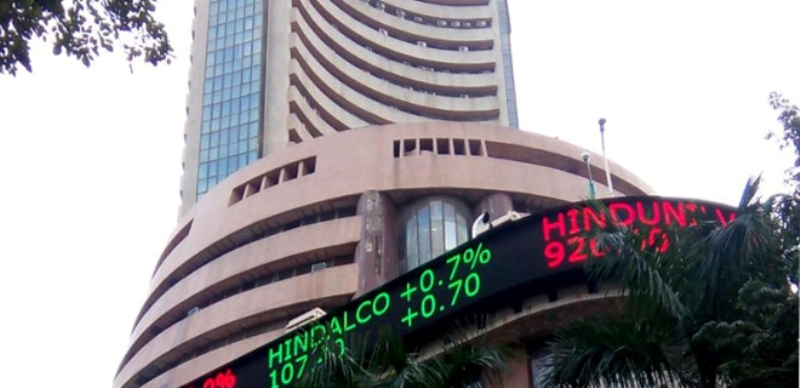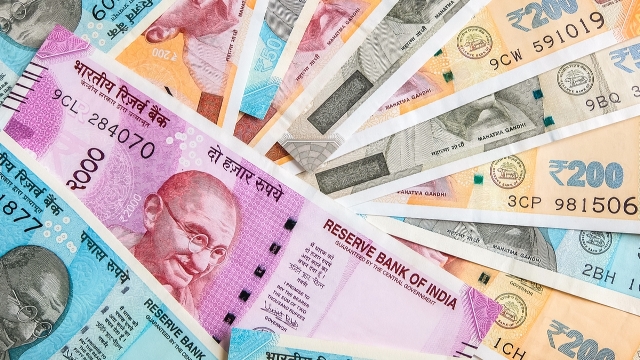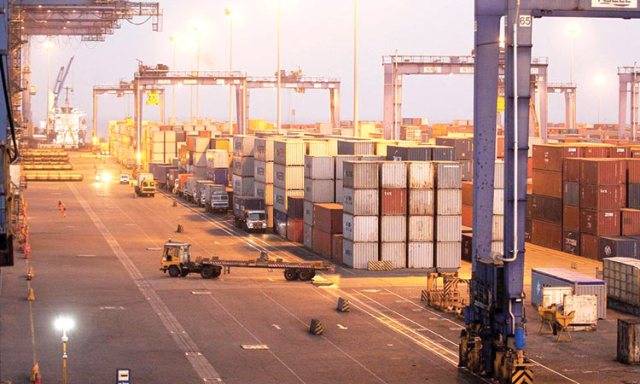

After the blockbuster stock market rally in June, the Indian stock market is expected to maintain its performance in July as well.
In June both the NIFTY 50 and BSE Sensex jumped to all-time highs, thrice in the month. The Sensex breached the 65,000 mark and the NIFTY 50 traded near the 19,300 mark.
June ended on a high note showing strong inflows from foreign institutional investors (FIIs), robust corporate balance sheets, moderating inflation, and expectations about a normal monsoon season.
Better performance of the stock marketSince April, Indian markets have rallied more than 8 percent year-to-date (YTD) aided by stable macroeconomic indicators and lower crude oil prices. India is showing a better performance despite a slow-growing global context. The Q4 earnings had been good and demand is showing decent growth.
Sectors to watch in JulyThe key events that could influence the markets in July will include actual auto sales and quarterly earnings by companies. The Q1 earnings season will kickstart in mid-July as corporate results have a strong bearing on Indian markets.
According to analysts, sectors such as capital goods, cement, real estate, infra, automobiles, and passenger vehicles and two-wheelers are likely to do better in July as lower input prices and better sales and volume numbers will be the bigger triggers.
Easing inflation and higher inflow from FIIs could bolster the market sentiments. Factors affecting investor sentiments include concerns about global growth and the scale of corporate earnings could hike volatility in specific stocks.
Gain for IT, auto, and banking stocksAmong the stocks that gained in the June rally included information technology (IT), autos, banks, and financial services. While fresh US data fuelled buying interest in the IT sector and auto stocks drew buying interest from the expectations of strong monthly sales.
Pharma stocks were front runners. Many sectors also made handsome gains. A notable exception was metals stocks which saw heavy profit booking pulling down the metals index. Among the top Nifty gainers included Mahindra and Mahindra; Infosys, IndusInd Bank, Sun Pharma, and Hero MotoCorp.
Rupee expanding usage in international tradeMeanwhile, efforts of the government of India to internationalize the INR have gathered momentum with the usage of the Indian rupee (INR) in worldwide commerce and investment showing traction.
India’s efforts to facilitate the use of the home currency in foreign commercial operations are an integral part of the newly unveiled Foreign Trade Policy.
 RBI meeting
RBI meeting
The new trade policy intends to increase the home currency’s worldwide usability and expand the use of rupees in cross-border trade transactions. The initiative seeks to facilitate global trade negotiations in INR at market-driven exchange rates thereby reducing dependency on a third currency like the USD.
The apex bank RBI has approved INR settlement of international trade and borrowing of money from foreign businesses in INR. The INR may also be used in cross-border trade and investment. The RBI has struck currency exchange agreements with several nations, including Sri Lanka, the UAE, and Japan.
Bangladesh is the latest to join INR transactions for trade. Eastern Bank has opened rupee accounts with India’s State Bank of India and ICICI Bank to start rupee trade on July 11. The other Bangladeshi bank state-owned Sonali Bank is already offering that service.
These banks are joining the emerging global movement to use local and regional currencies to help developing nations protect foreign exchange reserves in times of crisis.
Eastern Bank’s Managing Director Ali Reza Iftekhar noted that the use of the INR in India-Bangladesh trade is both convenient and cost-effective as it reduces the exchange cost and the cost of doing business.
Outlook on INR to USDThe INR fell by 20 paise in early trade on July 7, Thursday to 82.45 against the US dollar. On July 6, INR closed at 82.25 against the US dollar.
The dollar index measuring the American currency against the yen, the pound, the Canadian dollar, the Swedish krona, the Swiss franc, and the euro fell 0.02 percent to 103.015 on July 7. Analysts see a periodic weakening of INR to USD as the syncing process in the rupee is linked with the performance of its peer currencies (yuan and yen), and the movement in the Dollar index (US DXY) is very prominent.
 INR Market outlook
INR Market outlook
When the value of the Rupee decreases, the cost of imports escalates. This impacts both external and fiscal deficits. The outlook on INR to USD for August, September, and October will be in the range of 82.55 - 82.3324 INR. No big change is expected from the previous month, according to Forex experts.
Apex Bank holds rates, buzz of Oct cutThe Reserve Bank of India (RBI) has maintained that it would maintain the status quo on the policy of the repo rate now staying at 6.5 percent in its June 8 announcement.
The apex bank is satisfied that retail inflation in April has eased and there is scope for further decline. The effectiveness of the previous policy rate is visible, anticipate experts. The repo rate is the rate at which commercial banks borrow money from the central bank.
The pause in repo rate comes after the February hike from 6.25 percent to 6.5 percent. With that RBI raised the repo rate by a cumulative 250 basis points between May 2022 and February 2023. Many experts expect a rate cut in the next MPC meeting to be held in October depending on the economic growth, financial stability, and global economic cues.
The six-member Monetary Policy Committee (MPC) of the RBI met on June 6-8 chaired by Reserve Bank Governor Shaktikanta Das. The MPC meeting was held in the backdrop of consumer price-based (CPI) inflation plunging to an 18-month low of 4.7 percent in April.
Madan Sabnavis, Chief Economist, Bank of Baroda, said the RBI is likely to continue to pause on the interest rates and retain the repo rate at 6.5 percent.
The government wants the RBI to keep CPI inflation on or below 4 percent with a margin of 2 percent on either side. Rajneesh Karnatak, Managing Director, Bank of India quoted by PTI notes that bankers know that RBI's repo rate has already been upped by 2.5 percent.
Markets expect there will be no immediate rise in the repo rate as the interest rate is already up by 2.5 percent on the repo side and inflation is moderate.
Saket Dalmia, President of PHD Chamber of Commerce and Industry in New Delhi said the status quo by RBI will boost demand and take GDP growth to the high road.
India’s growing economyThe bullishness of India in the stock market is also a signal India has arrived as a high-growth economy at a global level. Global analysts see the trend as a harbinger of its transition to become the world’s third-largest economy by 2027, surpassing Japan and Germany. India is also expected to house the third-largest stock market by 2030.
 Exports
Exports
According to Morgan Stanley, India is already one of the most rapidly -growing economies in the world, having clocked 5.5 percent average GDP growth over the past decade. It sees India’s large-scale economic growth as led by three trends—global offshoring, digitalization, and energy transition.
Ridham Desai, Morgan Stanley’s Chief Equity Strategist for India is of the view that India will be the world’s third-largest economy by 2027 and the third-largest stock market by 2030.
There is optimism that India’s GDP could more than double from the present $3.5 trillion to more than $7.5 trillion by 2031. The share of Indian exports could also double over that period.



